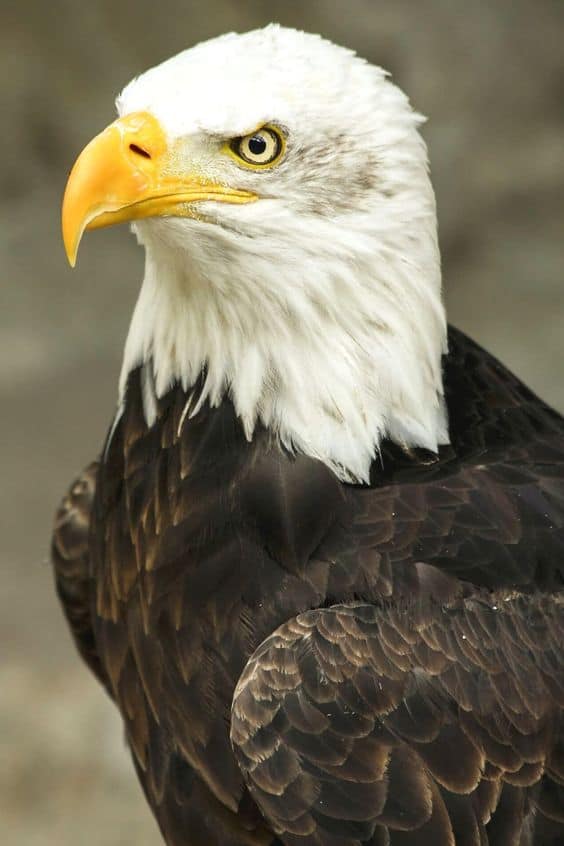
The Las Vegas National Wildlife Refuge is a unique and important conservation area located in the state of New Mexico in the southwestern United States. Established in 1961, the refuge was created to protect and conserve a variety of habitats and wildlife species that are native to the region, including migratory birds, grassland birds, and several species of mammals.
The refuge covers an area of approximately 8,600 acres and is situated in the high plains region of northeastern New Mexico, close to the city of Las Vegas. The area is characterized by vast grasslands, rolling hills, and scattered stands of trees, with several creeks and streams flowing through the refuge. The Las Vegas National Wildlife Refuge is also home to a variety of wetland habitats, including marshes, swamps, and ponds, which are crucial for many bird species, especially during migration.
One of the primary purposes of the refuge is to provide a sanctuary for migratory birds that travel through the area each year. More than 200 species of birds have been recorded on the refuge, including the sandhill crane, northern pintail, mallard, and several species of ducks, geese, and swans. In addition to providing important habitat for these birds, the refuge also offers opportunities for visitors to view and photograph them, especially during the spring and fall migration seasons.
Another important wildlife species that can be found at the Las Vegas National Wildlife Refuge is the pronghorn antelope. This iconic mammal is the fastest land animal in North America and is a common sight on the grasslands of the refuge. Other mammal species that can be observed on the refuge include mule deer, coyotes, bobcats, and several species of rodents, including the black-tailed prairie dog.
The Las Vegas National Wildlife Refuge is also home to a variety of reptiles and amphibians, including the western diamondback rattlesnake, the prairie rattlesnake, the bullsnake, and several species of lizards and turtles. The refuge’s wetland habitats are especially important for amphibians, such as the western chorus frog, which rely on these areas for breeding and feeding.
One of the unique features of the Las Vegas National Wildlife Refuge is its partnership with local ranchers and landowners. Through the refuge’s Partners for Fish and Wildlife program, ranchers and landowners work with refuge staff to implement conservation practices that benefit both wildlife and agricultural production. These practices include the restoration of wetlands, the planting of native grasses, and the removal of invasive species.
In addition to its conservation efforts, the Las Vegas National Wildlife Refuge offers a variety of recreational opportunities for visitors. The refuge has several hiking trails that wind through the grasslands and wetlands, offering opportunities to observe wildlife and enjoy the scenic beauty of the area. Visitors can also go birdwatching, fishing, and hunting on the refuge, with certain restrictions and regulations in place to protect the wildlife and their habitats.
One of the most popular events held at the refuge is the annual Festival of the Cranes, which takes place each November. This event celebrates the arrival of thousands of sandhill cranes and other migratory birds that use the refuge as a stopover on their journey south for the winter. The festival offers a variety of activities, including guided birding tours, educational presentations, and arts and crafts exhibits.
Overall, the Las Vegas National Wildlife Refuge is a vital conservation area that provides important habitat for a variety of wildlife species, including migratory birds, grassland birds, and several species of mammals, reptiles, and amphibians. Through its partnerships with local landowners and ranchers, the refuge is able to promote both conservation and sustainable agriculture practices, benefiting both wildlife and the local community. Whether you are a birdwatcher, hiker, or just someone who
Related posts:
Dinosaur National Monument is located on the border between Colorado and Utah in the western United States. The monument covers an area of over 200,000 acres and is known for its rich deposits of dinosaur fossils, as well as its s...
Bodie Ghost Town, located in Mono County, California, is a fascinating place that provides visitors with a glimpse into the past. This historic town is a perfect destination for those who want to explore the wild west era of California. Bod...
Tonto National Monument is a stunning destination located in central Arizona, about two hours from Phoenix. The monument is known for its beautiful cliff dwellings, diverse ecosystems, and rich cultural history. In this article, we will pro...
Picacho Peak Wilderness is a stunning and unique wilderness area located in southern Arizona, USA. Covering an area of approximately 8,700 acres, Picacho Peak Wilderness is characterized by its rugged terrain, towering mountains, and scenic...
Wolf Creek Falls is a hidden gem located in the mountains of western North Carolina. This picturesque waterfall is nestled in the heart of the Pisgah National Forest and offers visitors a serene and tranquil escape from the hustle and...
Ash Meadows National Wildlife Refuge, located in the southern Nevada desert, is a unique and diverse ecosystem home to numerous rare and endemic species. Here are some of the top things to see and do while visiting: Crystal Spring Boar...